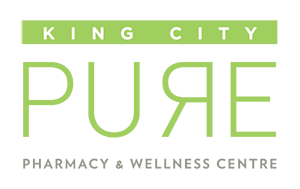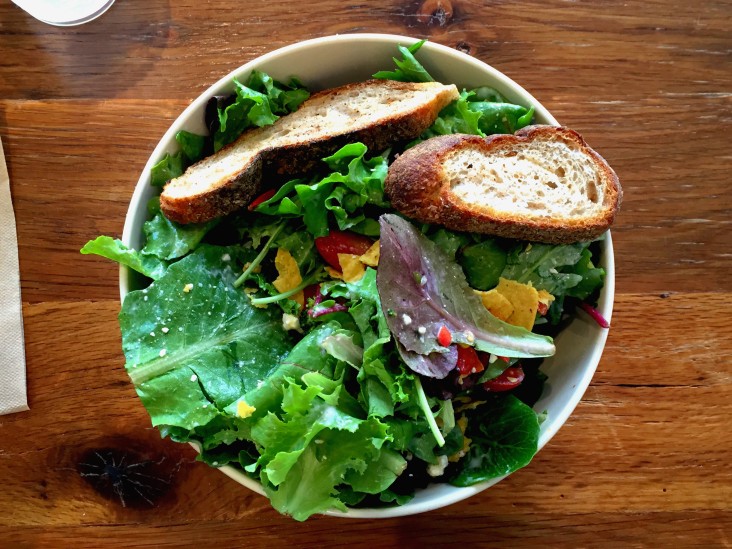When people ask me for salad recipes I always tell them that making a salad is like creating a piece of art… You need imagination, creativity and an ability to think outside the box but at the same time you need to have a template
So here is the template I use to build my salads
You need 5 things in order to make a salad that is nutrient rich and adequate as a meal and not just as a side dish
A base : This forms the main part of your salad— to get the most out of your salad this should be made up of the nutritionally dense green leafy vegetables which could include things like spinach, kale, swiss chard, rainbow chard, dandelion, green leafy lettuce, parsley. You can use one or combine a few of them together. It’s best to chop them up really small or use a chopper so that they are easier to chew. You are more likely to consume more green leafy vegetables if it doesn’t take so long to chew them.
2. Additives. These are also vegetables but not the leafy types. Choice of these really depends on your palate and what is in season. You can add cucumbers, celery, tomatoes, broccoli, cabbage, cauliflower, carrots, green or red peppers, pea shoots, onions. Again, chop them up small or shred them so they are easier to chew.
Don’t be afraid to also add some fruits to the salad as they add flavor, color and tons of phytonutrients.. Fruits that work well are berries, mangoes, apples, pears, pomegranate. The choice of what to add is based on what is in the season and what your taste buds prefer.3. Carbohydrates.
Now in order to make a salad into a meal you need to add some proteins and complex carbohydrates because vegetables alone won’t last you very long and you will be hungry within the hour.
Beans work really well in the salad as a source of complex carbohydrates that will keep you feeling satiated and full for hours and will prevent the late afternoon sugar cravings especially if you have the salad for lunch. There are tons of choices when it comes to beans. There are the chickpeas, kidney beans, black beans, adzuki beans and fava beans. Lentils would also work. It’s better to boil your own beans but if you are going to buy the canned ones, try to buy the ones which are BPA free to avoid exposure to the hormone disrupting chemical found in the lining of most cans. Eden organics makes its cans BPA free.
Grains such as quinoa, buckwheat and couscous can also be added as a carbohydrate source4. Proteins.
Adding protein to the salad will lead to increase in the satiety levels such that you will be satisfied with just the salad. Hemp seeds are my personal favorite as just 2 tbsp of them will give you 11g of protein. You can also add boiled eggs, firm tofu pan-fried and cut into cubes, tuna or salmon, cooked chicken, nuts such as almonds, brazil nuts, cashews or seeds such as pumpkin seeds or sunflower seeds. Feta or goat cheese is also an option if you are not sensitive to dairy.5. Dressing:
Instead of using the commercially made dressing you can make your own. You need 4 key ingredients
1. Oil – either olive or flax oil or try exotic oils like pumpkin seed oil if you are in the mood for something different.
2. Juice of citrus fruit such as lemon or orange. You can also use apple cider vinegar.
3. Pinch of sea salt or Himalayan salt
4. Some spices to add zest to the salad – my favorite is sumac powder which can be found in any Persian store. It comes from the sumac tree and has a tangy flavor. Make sure to buy the brown sumac and not the red one as the red one contains colour. You can also add spices like dried basil, oregano, and red pepper.Once the topping is made you can add it to the salad or keep it separate in a container to be added later.
And that’s it folks!! It’s easy as ABC!!

